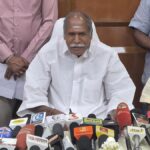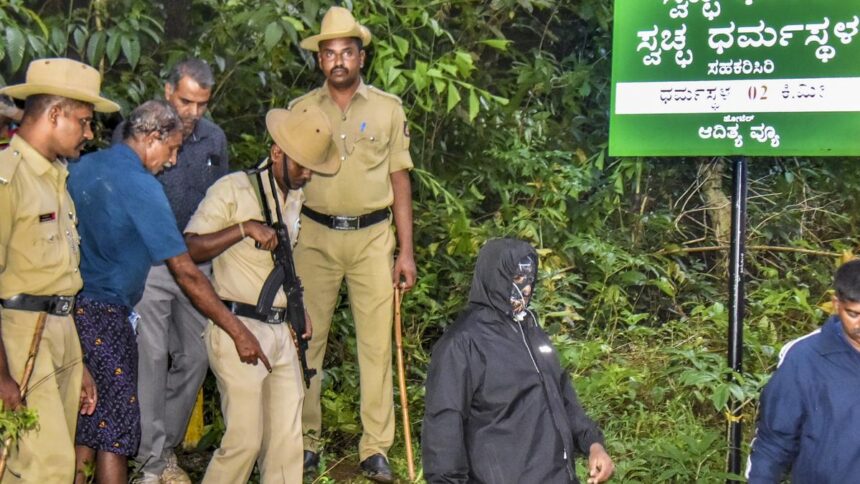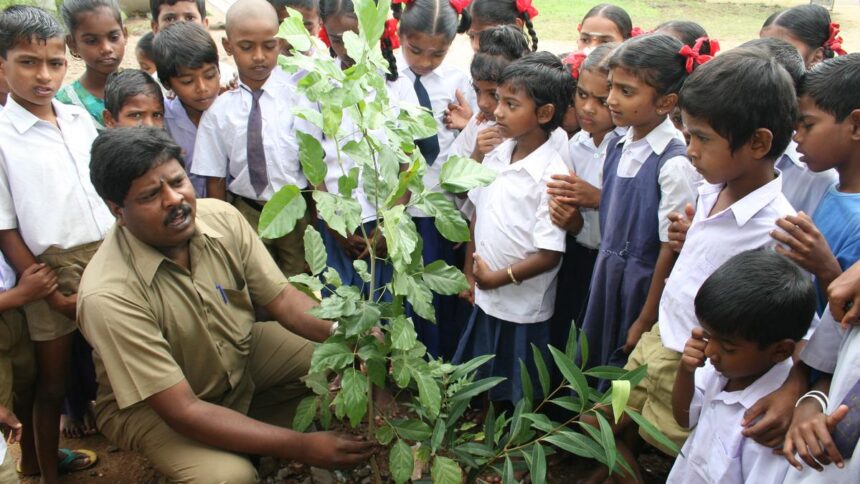All 354 villages in Dakshina Kannada have been declared Open Defecation Free Plus up to August 4, as per Integrated Management Information System (IMIS) of Swachh Bharat Mission (Grameen).
All these villages have Solid Waste Management arrangements, and 337 villages have grey water management arrangement, the Union Government told the Lok Sabha on August 7.
In response to a starred question by Captain Brijesh Chowta, member from Dakshina Kannada, Minister for Jal Shakti C. R. Patil stated that 8,476 individual household latrines (IHHLs) were built in the district till August 4, 2025 since the launch of SBM (G). Of these, 36 latrines were built during 2024-25.
Progress of solid waste management in Dakshina Kannada (as on August 4, 2025)
| Components | No. of Units |
| Segregation shed | 256 |
| Waste Collection vehicle | 197 |
| Community Compost pits | 251 |
| GOBARdhan | 3 |
| Plastic Waste Management Units (PWMUs) | 4 |
Progress of liquid waste management in Dakshina Kannada (as on August 4, 2025)
| Components | No. of Units |
| Individual soak pit | 15,388 |
| Kitchen Garden | 2,71,444 |
| Community soak pit | 938 |
(Source: Union Ministry of Jal Shakti’s reply in Lok Sabha on August 7, 2025)
The Minister said that 196 Community Sanitary Complexes (CSCs), including one constructed during the last financial year, were built in the district since the launch of SBM (G).
In the criteria to declare ODF Plus villages, the ministry defined an ODF Plus village ‘as a village which sustains its Open Defecation Free (ODF) status, ensures solid and liquid waste management, and is visually clean’.
SBM (G) Phase II
The major interventions envisaged under SBM(G) Phase-II for solid waste and liquid management are management of organic waste through composting or bio-gas plants (GOBAR-dhan projects); provision for collection and storage of non-biodegradable (plastic) waste and material recovery facility; management of grey water through soak pits or leach pits, wherever possible, or through other technologies, such as waste stabilisation ponds, Faecal Sludge Management (FSM), wherever needed, through co-treatment in existing Sewage Treatment Plant facilities in nearby urban/rural areas, or trenching or setting up of FSM plant, as required, the Minister said.
Eight more FSTPs under construction
He said that faecal sludge management is being done through faecal sludge treatment plant (FSTP). The district has two FSTPs and eight more are being constructed.
Referring to third-party verification, the Minister said that Karnataka government has intimated that an inter-taluk verification team has been constituted in the district to assess ODF Plus model villages, as per the guidelines of SBM(G).
In addition, the Minister said, “Village Water and Sanitation Committees (VWSCs) have been established in gram panchayats to ensure community participation. Additionally, National Rural Livelihood Mission (NRLM) Sanjeevini Women’s Self-Help Groups have been engaged in managing solid and liquid waste, with support from local non-government organisations (NGOs) in implementing SBM(G) activities.”
Fund utilisation
The Minister said that all funds released to the district by the Union Government under SBM (G) for the last three financial years were utilised.
The government had released ₹1.53 crore for 2024-25, ₹3.16 crore for 2023-24, and ₹8.30 crore for 2022-23.
Convergence with MGNREGA
Implementation of SBM(G) activities in the district was effectively supported through convergence with Mahatma Gandhi National Rural Employment Guarantee Act (MGNREGA), 14th and 15th Finance Commission grants, gram panchayats’ own-source revenue, district and taluk panchayat development funds, the District Mineral Fund, and Corporate Social Responsibility contribution from private entities, the Minister said.
Published – August 08, 2025 02:35 pm IST




















